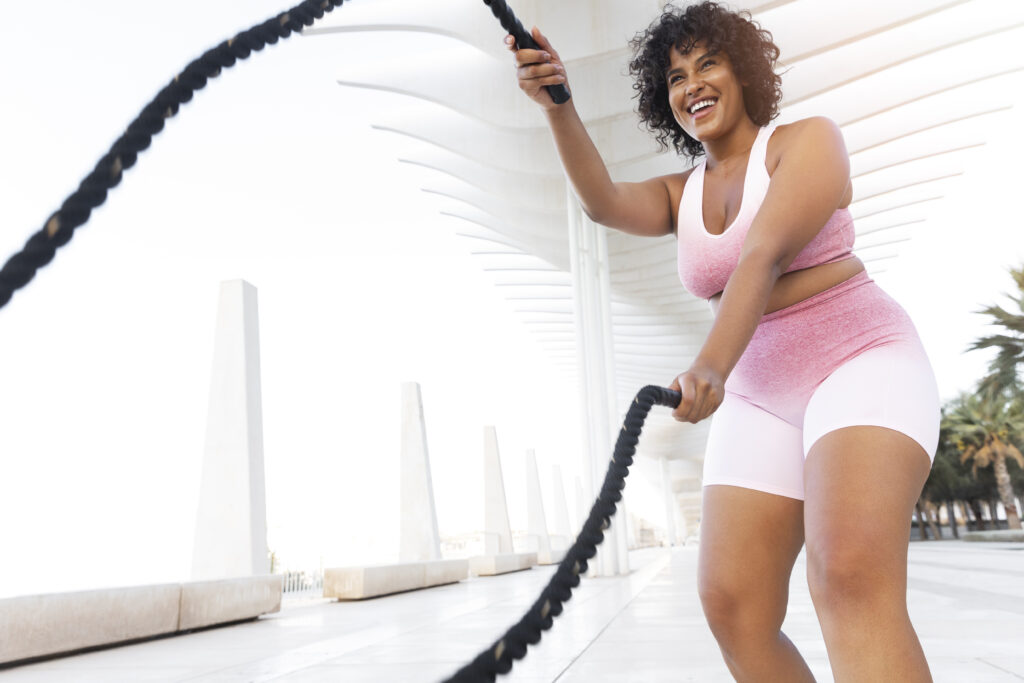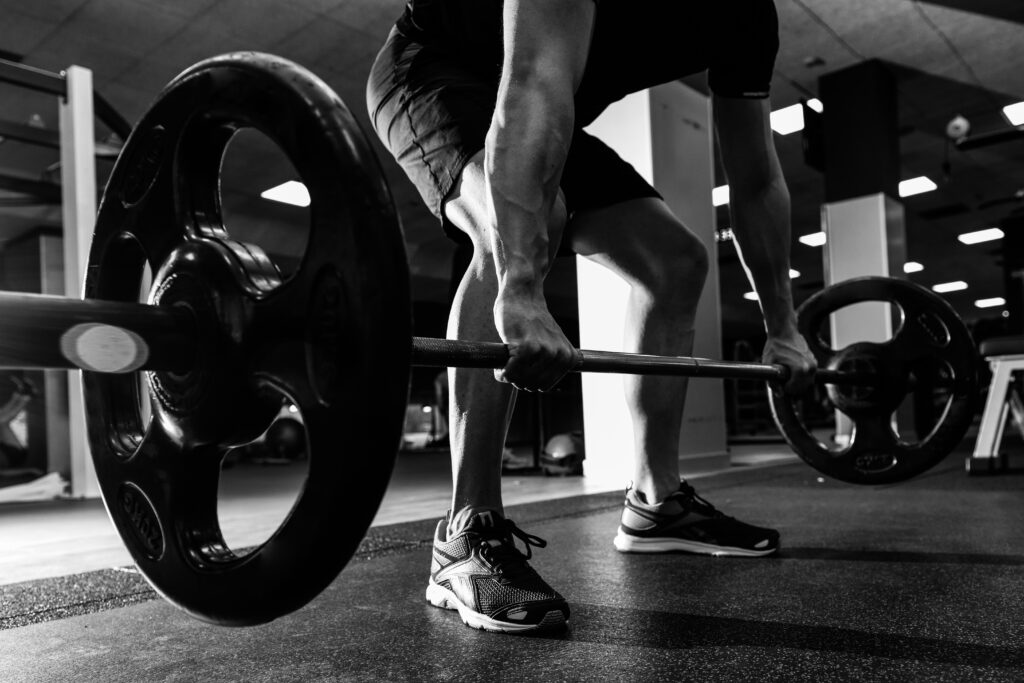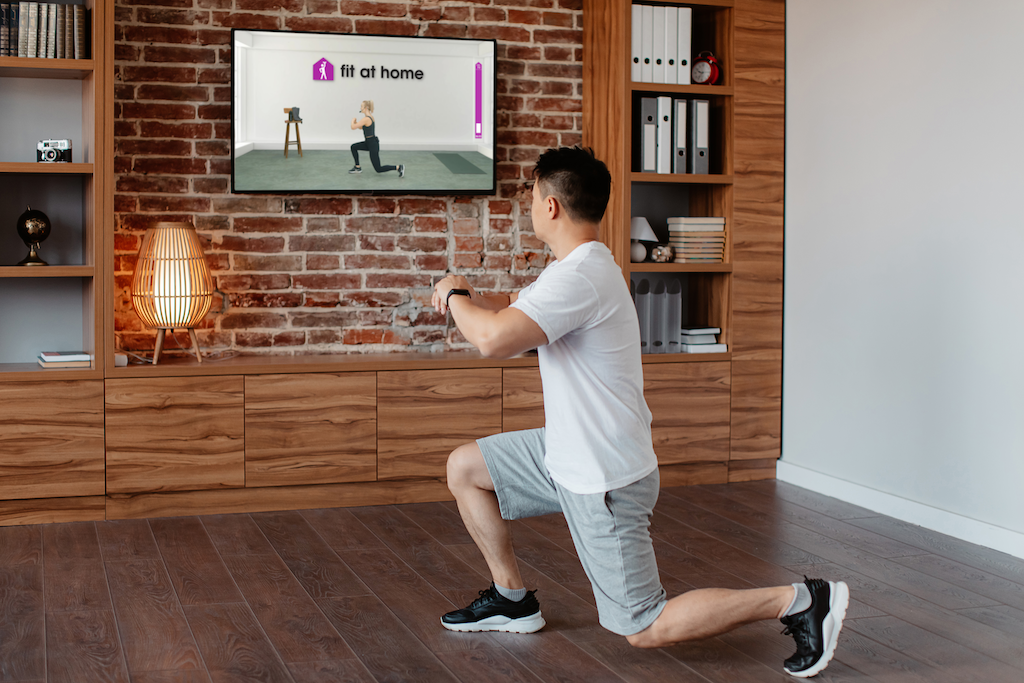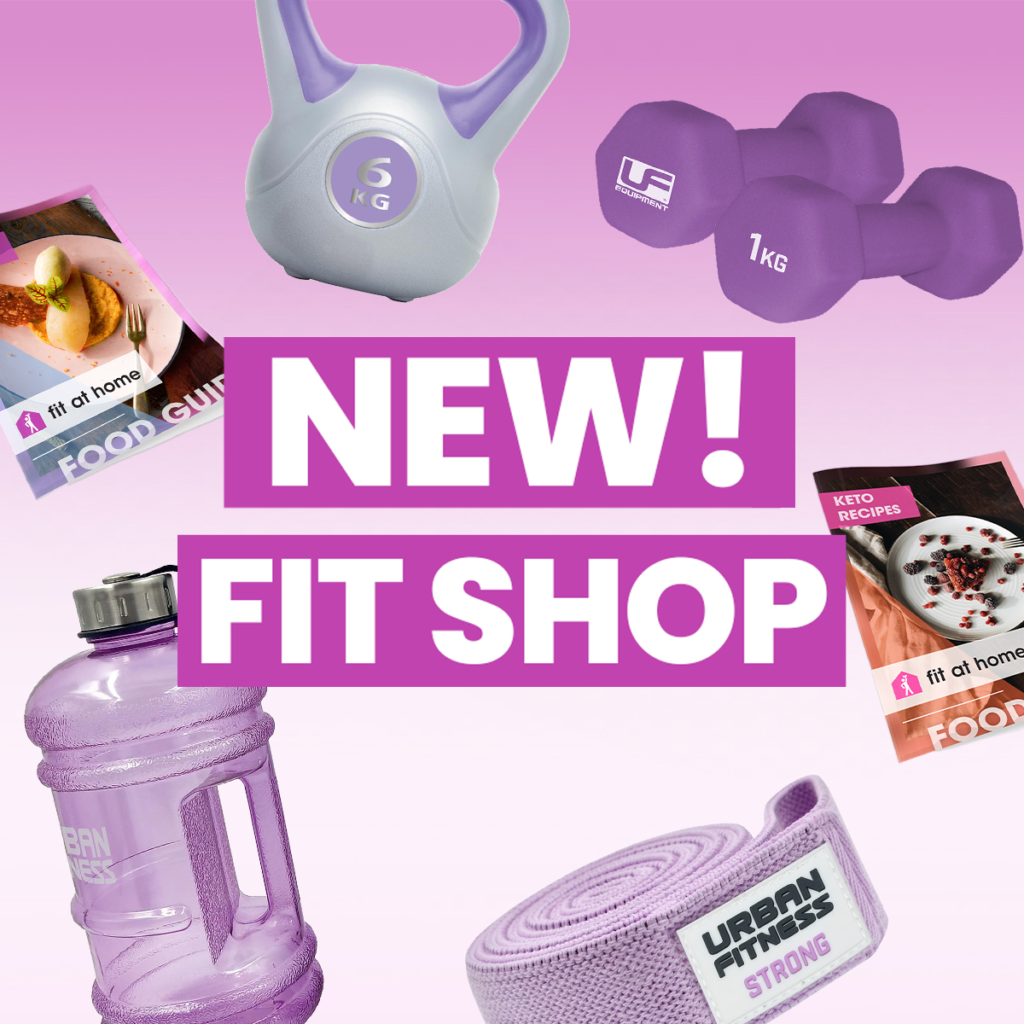In today’s fast-paced world, maintaining optimal health is crucial. One key aspect of overall well-being is the strength of your immune system. As we navigate through various challenges, both internal and external, our body’s ability to resist infections and illnesses becomes paramount. This is where fitness plays a pivotal role. In this article, we will explore how engaging in regular fitness activities can significantly enhance your immune resistance.
The benefits of improving your resistance
Improving your resistance, also known as overall fitness or endurance, offers a wide range of physical, mental, and health-related benefits. Here are some key advantages:
Exercise and immune function
Exercise is not just about building muscles and shedding pounds; it also has a profound impact on your immune system. Regular physical activity promotes healthy circulation, allowing immune cells to travel efficiently throughout the body. This increased circulation enables immune cells to detect and respond to potential threats more effectively.


Reduction of chronic inflammation
Chronic inflammation is a common precursor to various health issues. Regular exercise has been shown to reduce chronic inflammation by promoting the release of anti-inflammatory cytokines. By mitigating inflammation, the body can better allocate resources towards bolstering its defense mechanisms.
Stress reduction and immunity
High-stress levels can compromise your immune system, making you more susceptible to infections. Exercise acts as a powerful stress reliever, triggering the release of endorphins, which are natural mood enhancers. By incorporating fitness into your routine, you can manage stress levels and, in turn, support a healthier immune response.
Your NUMBER ONE fitness app available on:

Quality sleep and immune health
Adequate, quality sleep is essential for a robust immune system. Regular exercise has been linked to improved sleep patterns. When you engage in physical activity, your body is better equipped to enter deep sleep cycles, allowing it to repair and regenerate cells, including those vital for immune function.
Balanced nutrition for immune support
Fitness and nutrition go hand in hand. A well-balanced diet, rich in essential nutrients, is crucial for maintaining a strong immune system. Exercise enhances nutrient absorption and utilization, ensuring that your body receives the building blocks it needs to support immune function.
Maintaining a healthy body weight
Obesity is associated with a higher risk of infections and chronic diseases. Regular exercise helps in achieving and maintaining a healthy body weight, reducing the strain on the immune system. By managing weight through fitness, you contribute to the overall resilience of your immune defenses.


Consistency is key
The benefits of fitness on immune resistance are most pronounced when exercise is incorporated into your routine consistently. Aim for a combination of cardiovascular, strength, and flexibility exercises to ensure a holistic approach to health.
Conclusion: Incorporating fitness into your lifestyle is a proactive and empowering way to boost your body’s resistance to infections and diseases. By enhancing immune function, reducing inflammation, managing stress, improving sleep, and supporting overall health, regular exercise becomes a cornerstone for a robust immune system. Take the first step towards a healthier, more resilient you by making fitness a non-negotiable part of your daily life. Your immune system will thank you for it.
We love to make you move!
✓ Work out in front of your tv whenever you want
✓ 24/7 on demand with more than 500 workouts
✓ For the whole family

Fit at Home is your NUMBER ONE fitness app for the whole family. Whether you want to lose weight, relax with our meditation videos, let your kids exercise more often, improve our balance and coordination with Pilates etc. Our professional trainers will help you become the fittest, healthiest and happiest version of yourself and your family!
The best exercises to improve your resistance
Improving resistance typically involves a combination of cardiovascular, strength, and flexibility exercises. Here are some effective exercises to enhance your overall resistance:
- Cardiovascular exercises:
- Running: Enhances cardiovascular health and builds endurance.
- Cycling: Low-impact and great for building leg strength and stamina.
- Swimming: Works multiple muscle groups and improves cardiovascular fitness.
- Jumping rope: Excellent for cardiovascular conditioning and coordination.
- Strength training exercises:
- Squats: Targets the lower body, especially the quadriceps and glutes.
- Deadlifts: Engages the back, glutes, hamstrings, and core.
- Bench press: Strengthens the chest, shoulders, and triceps.
- Pull-ups/chin-ups: Develops upper body strength, especially the back and biceps.
- Planks: Builds core strength and stability.
- High-Intensity Interval Training (HIIT):
- Combines short bursts of intense exercise with periods of rest or lower-intensity activity.
- Effective for improving cardiovascular fitness and burning calories.
- Circuit training:
- Involves performing a series of exercises in sequence with minimal rest.
- Targets multiple muscle groups and improves endurance.
- Flexibility and mobility exercises:
- Yoga: Enhances flexibility, balance, and overall body awareness.
- Dynamic stretching: Incorporates controlled movements to improve range of motion.
- Pilates: Focuses on core strength, flexibility, and balance.
- Functional training:
- Mimics real-life movements to improve overall strength and endurance.
- Includes exercises like medicine ball throws, kettlebell swings, and TRX suspension training.
- CrossFit:
- Involves a variety of functional movements performed at high intensity.
- Provides a mix of cardiovascular and strength training.
- Sports-specific drills:
- Engage in activities related to your favorite sport to build sport-specific endurance.
Remember, it’s crucial to start at an appropriate fitness level and gradually progress. Also, listen to your body, incorporate proper rest, and maintain a well-balanced diet to support your resistance training efforts. It’s advisable to consult with a fitness professional or healthcare provider before starting a new exercise program, especially if you have any existing health concerns.

Shop till you drop!
The Fit Shop offers all the fitness equipment you’ll need in your Fit at Home workouts and more. The shop also offers a range of Food Guides, providing you with amazing, healthier recipes. We’re excited that we can cater to all your fitness needs
Why working out with equipment?
Working out with equipment during a home workout can offer several advantages, depending on your fitness goals and preferences. Here are some reasons why incorporating equipment into your home workouts can be beneficial:
- Increased intensity: Equipment allows you to add resistance, making your workouts more challenging. This increased intensity can lead to greater strength and muscle gains over time.
- Variety in exercises: Equipment provides a wide range of exercises that target different muscle groups. This variety helps prevent boredom, keeps your workouts interesting, and ensures that you engage various parts of your body for a well-rounded fitness routine.
- Progression: As your fitness level improves, you can easily adjust the resistance or weight on many pieces of equipment. This adaptability allows for progressive overload, a key principle for continued strength and muscle development.
- Targeted muscle engagement: Certain equipment allows you to isolate and target specific muscles more effectively. This can be beneficial for individuals working on specific areas of their body or addressing muscle imbalances.
- Functional training: Some equipment, such as resistance bands, stability balls, and kettlebells, supports functional training, which focuses on movements that mimic real-life activities. This can improve your overall strength, balance, and coordination.
- Cardiovascular benefits: While many bodyweight exercises can elevate your heart rate, certain types of equipment, like stationary bikes, treadmills, or elliptical machines, provide effective cardiovascular workouts. This is crucial for maintaining heart health and improving endurance.
- Improved form and safety: Equipment often provides better support and guidance for maintaining proper form during exercises. This can help reduce the risk of injuries and ensure that you’re getting the most out of each movement.
- Versatility: With a variety of equipment, you can create diverse workout routines that cater to your preferences and fitness objectives. This versatility ensures that you can continually challenge your body and avoid plateaus in your progress.
Ultimately, whether you choose to work out with equipment at home depends on your fitness goals, available space, and personal preferences. Mixing bodyweight exercises with equipment-based exercises can create a well-rounded and effective home workout routine.